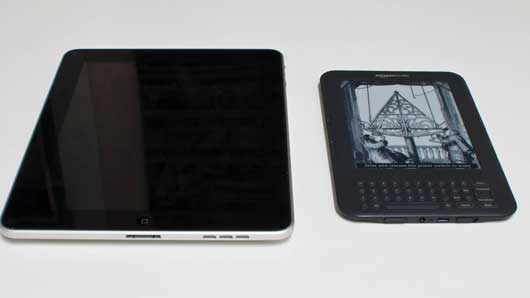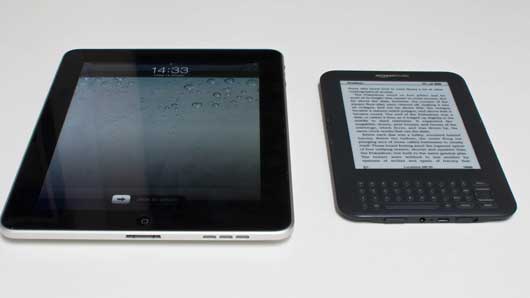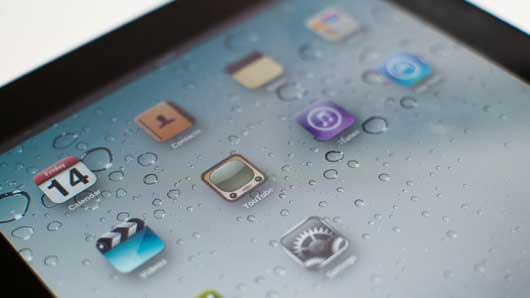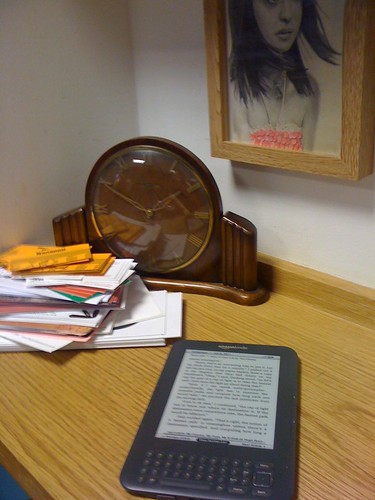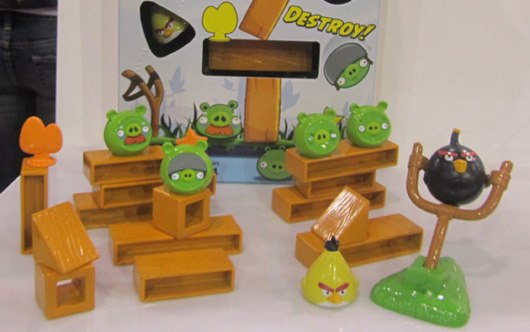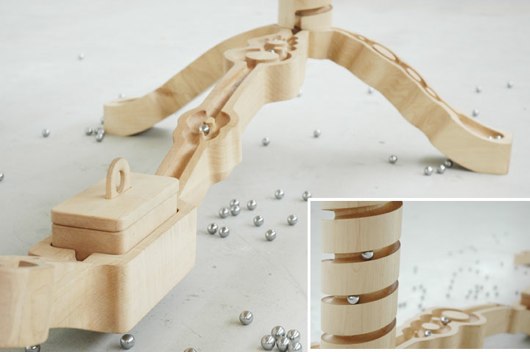
Matt B wrote about Music For Shuffle this week: a single composition made out of many audio files, designed to be played in random orders on any devices. And, of course, when I say “wrote about”, I also mean composed. You should go and listen to it right now!
Matt explained more:
I set myself a half-day project to write music specifically for shuffle mode – making use of randomness to try and make something more than the sum of its parts. The ever-brilliant Russell Davies (who works a few desks away at the BRIG) sowed the seed of the idea in my head around January 2011.
Over an hour or so, I wrote a series of short, interlocking phrases (each formatted as an individual MP3) that can be played in any order and still (sort of) make musical sense.
Brilliant. Matt’s notes on influences and the process behind the composition make for great reading: as ever, there’s a lot of thought and insight there, expressed succinctly, and lots of nice jumping-off points within his notes.
Timo pointed out this video of “procedural lightpainting”. The video explains the process very nicely: an animation, played out on a projector, keyed against the distance of a piece of paper from the projector. When you leave a camera-shutter open long enough, it captures a three-dimensional light-painting. The Flickr group of the results is marvellous, with examples including detailed graphs and more abstract – but no less beautiful – imagery.
Another form of light-painting, this time from Daito Manabe. By firing a laser at a wall coated in fluorescent paint, an image appears. As subsequent “passes” of the laser describe element closer to the foreground of the image, those areas of the wall are “activated” again and stay brighter; the elements towards the rear of the image stay darker. It takes a while to process what’s happening when you first see it, but the moment it all clicks into place feels great.
Chris Harrison’s Abracadabra is a prototype interface for very small devices. What might a rich interface for a device too small for a touchscreen look like? Harrison’s interface is based upon magnets: a tiny magnet on the fingertip, detected by a two-axis magnetometer in the device – providing enough sensitivity to track movements in a horizontal plane, as well as a “clicking” action in the z-axis. Extending the space of physical interaction outside the device makes a lot of sense, and it’ll be interesting to see where this kind of interface goes in the next few years.
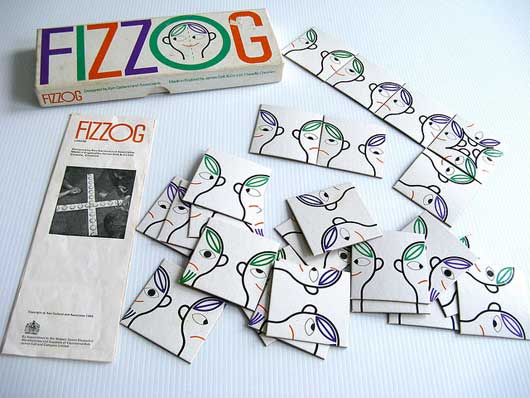
picture by Pour toujours…
Fizzogs popped up on the studio mailing list last week, and there followed a brief reminiscence for Ken Garland’s work for Galt Toys, which included the marvellous Connect. Matt J bought his copy in; even the box is gorgeous:

Simple, well designed games, with lovely graphic design and colours, that still manage – very much – to be toys to be played with.

Finally, some nice writing and thinking from Ben Bashford about the personalities of smart products. Keen to avoid what he describes as Reality Clippy, Ben considers all the places that an object with personality might jar with its behaviour in the world:
Unless the behaviours and personalities of these things that compute are designed well enough the things that are not so good about them or unavoidable have the potential to come across as flaws in the object’s character, break the suspension of disbelief and do more harm than good. Running out of batteries, needing a part to be replaced or the system crashing could be seen as getting sick, dying – or worse – the whole thing could be so ridiculous and annoying that it gets thrown out on its ear before long.
There’s lots of other nice points in here; too many to quote. Notably, I liked the idea of considering what an object’s Attract Mode might be; similarly, using role-playing/method-acting/improv as sources of experience in designing subtle experiences. Good stuff.
